Our recent Educators Night Out at the Hickory Museum of Art brought together 105 teachers for an evening of food, drinks, music, art making, engaging speakers, prizes, and more. As part of a statewide effort to serve educators throughout North Carolina, this event provided another opportunity for the NCMA’s BIG PICTURE educator enrichment program to collaborate with teachers and organizations outside of Raleigh, with attendees coming from six counties in the region (Ashe, Buncombe, Burke, Caldwell, Catawba, Iredell).
For six months leading up to the event, we worked with teachers and community members from Hickory and the surrounding area as part of an advisory council. This group served a critical role in the process of planning and promoting the event.
On Thursday, April 21, from 4 to 7 pm, the Hickory Museum of Art served as a dynamic site for the Educators Night Out, with its captivating collection and exhibitions. Hands-on activities encouraged attendees to create; gallery discussions sparked ideas for classroom conversations with works of art; and the short-format presentations offered multiple perspectives answering the overarching question “Why the arts?”
Kathryn Greathouse, executive director of the United Arts Council of Catawba County , spoke about the history of the SALT Block and the renovation of the old Claremont High School, in which the Hickory Museum of Art is located. Contemporary artist Tom Shields’s presentation explored the importance of community, problem solving, and critical thinking in his artistic processes, especially in regard to his recent experience as the artist in residence at Century Furniture in Hickory. From Hickory Public Schools, Tonya Scott and Alison Willard (curriculum coordinator/math teacher and art teacher, respectively) discussed the value of collaboration between the classroom teacher and the art teacher, highlighting the potential for integrating the arts. Emily Kotecki, distance learning educator at the NCMA, joined the group via live videoconference from the NCMA’s American Gallery in Raleigh. Demonstrating the capabilities of the new mobile gallery cart, Kotecki interacted with the audience and examined the role of the museum in teaching and learning. Her presentation offered possibilities for reaching statewide audiences (teachers, students, and more!) with this exciting new technology.
Being in Hickory was a great opportunity for connecting with educators face-to-face, sharing our resources, and building meaningful partnerships. We’ll continue to explore new opportunities and try out new ways of connecting with teachers across the state in the coming year.
The presentations were excellent. Not only did I learn more about our local art museum and the opportunities available through the North Carolina Museum of Art, but also gained some insight into integration of arts from art teachers. The presentations were engaging and inspirational.
Being able to see what the North Carolina Museum of Art has to offer and being among fellow teachers. It felt nice to be treated like valued professionals.
This event was awesome. I gained information that I can use with my students.
Using technology to do live tours of the Museum was the next best thing to being there! Logistically, I think more teachers benefited, because the NCMA was able to come to us. It only took a few people to bring the Museum to a great number of art teachers. I think the positive interaction may have caused many of the teachers who participated to fall in love with the NCMA! Thank you for reaching out to the teachers of North Carolina at a time when there are increased demands on classroom teachers, and taking the time out of busy schedules to travel across our state to visit the Museum in person is almost impossible.




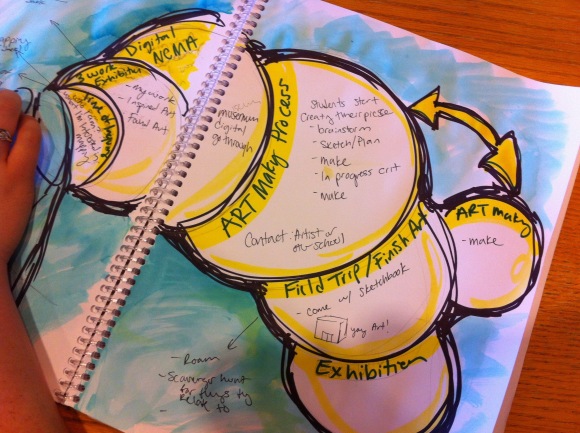
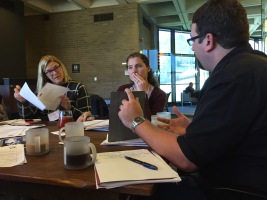
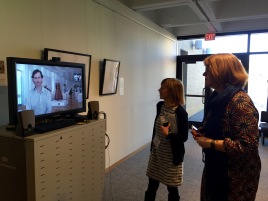

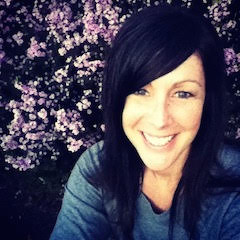 Since 1997, I have served as a classroom teacher in grades two through five. For the first 15 years of my career, I worked primarily in charter schools in Southern California, specializing in inquiry and Project Based Learning. I currently teach at a local STEM school and am a member of the WCPSS Teacher Leader Corps. As a National Faculty member for Buck Institute for Education, I facilitate PBL workshops for teachers of grades K-12 across the United States. I am currently a third grade teacher at Hilburn Academy in Raleigh.
Since 1997, I have served as a classroom teacher in grades two through five. For the first 15 years of my career, I worked primarily in charter schools in Southern California, specializing in inquiry and Project Based Learning. I currently teach at a local STEM school and am a member of the WCPSS Teacher Leader Corps. As a National Faculty member for Buck Institute for Education, I facilitate PBL workshops for teachers of grades K-12 across the United States. I am currently a third grade teacher at Hilburn Academy in Raleigh.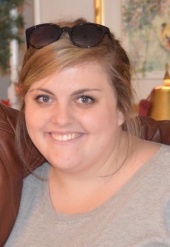
 I currently teach Physical Science at Cleveland High School. I have been teaching Science for 26 years, 12 years in high school and 14 years in middle school. The art I have used in my classes up to this point has all been student generated and related to class projects. Usually in the form of illustrating a scientific principle we are studying in class.
I currently teach Physical Science at Cleveland High School. I have been teaching Science for 26 years, 12 years in high school and 14 years in middle school. The art I have used in my classes up to this point has all been student generated and related to class projects. Usually in the form of illustrating a scientific principle we are studying in class.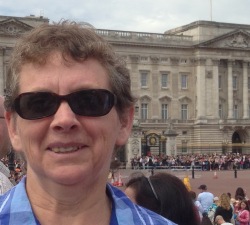 I teach Earth/ Environmental Science at Cleveland High School in Clayton. I use many forms of art in my science classes because it helps students to make deeper connections. The art makes them look closely and think about the details. These are skills that make them better scientists. This fellowship is helping me learn new ways to integrate art and science.
I teach Earth/ Environmental Science at Cleveland High School in Clayton. I use many forms of art in my science classes because it helps students to make deeper connections. The art makes them look closely and think about the details. These are skills that make them better scientists. This fellowship is helping me learn new ways to integrate art and science.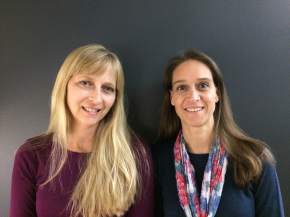 My name is Lisa Schnitzler(left) and I teach visual art at Williston Middle School in Wilmington, N.C. I think my favorite piece of work at the museum is Thomas Hart Benton’s painting,
My name is Lisa Schnitzler(left) and I teach visual art at Williston Middle School in Wilmington, N.C. I think my favorite piece of work at the museum is Thomas Hart Benton’s painting, 









You must be logged in to post a comment.